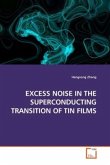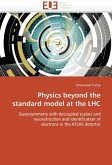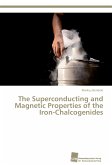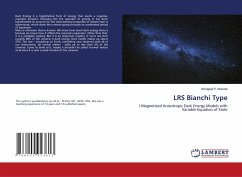CERNs Large Hadron Collider (LHC) broke major records as a new high energy proton accelerator. Its design allows to reach unprecedented beam energies and beam intensities, resulting in a largely increased particle physics discovery potential. The top energy of one beam is comparable to a 400 tons train at 150 km/h. The combination of high beam energy and intensity can have a severe impact on the LHC equipment. To protect the LHC from its own power, a sophisticated redundant security system has been put in place. One of them is the Beam Loss Monitoring system, installed all along the ring. The protection is achieved by extracting the beam from the ring, in case thresholds on beam losses are exceeded. In this study the focus lies on the region between the main magnets of the LHC. Energy deposition in the magnets from beam losses results in a temperature increase. In case a critical temperature is exceeded, a transition from the superconducting state to the normal conducting one will occur. This unwanted transition is called a quench and is avoided using the thresholds on beam losses.
Bitte wählen Sie Ihr Anliegen aus.
Rechnungen
Retourenschein anfordern
Bestellstatus
Storno








